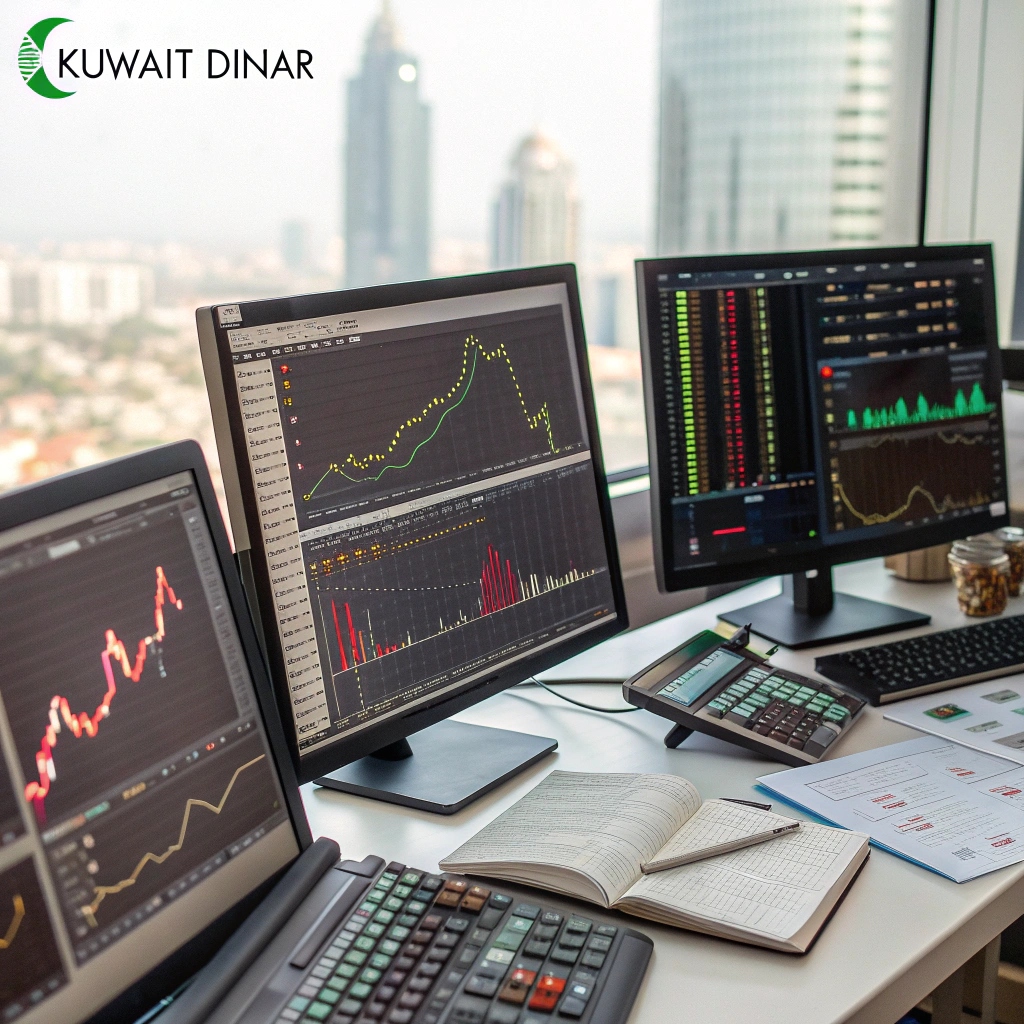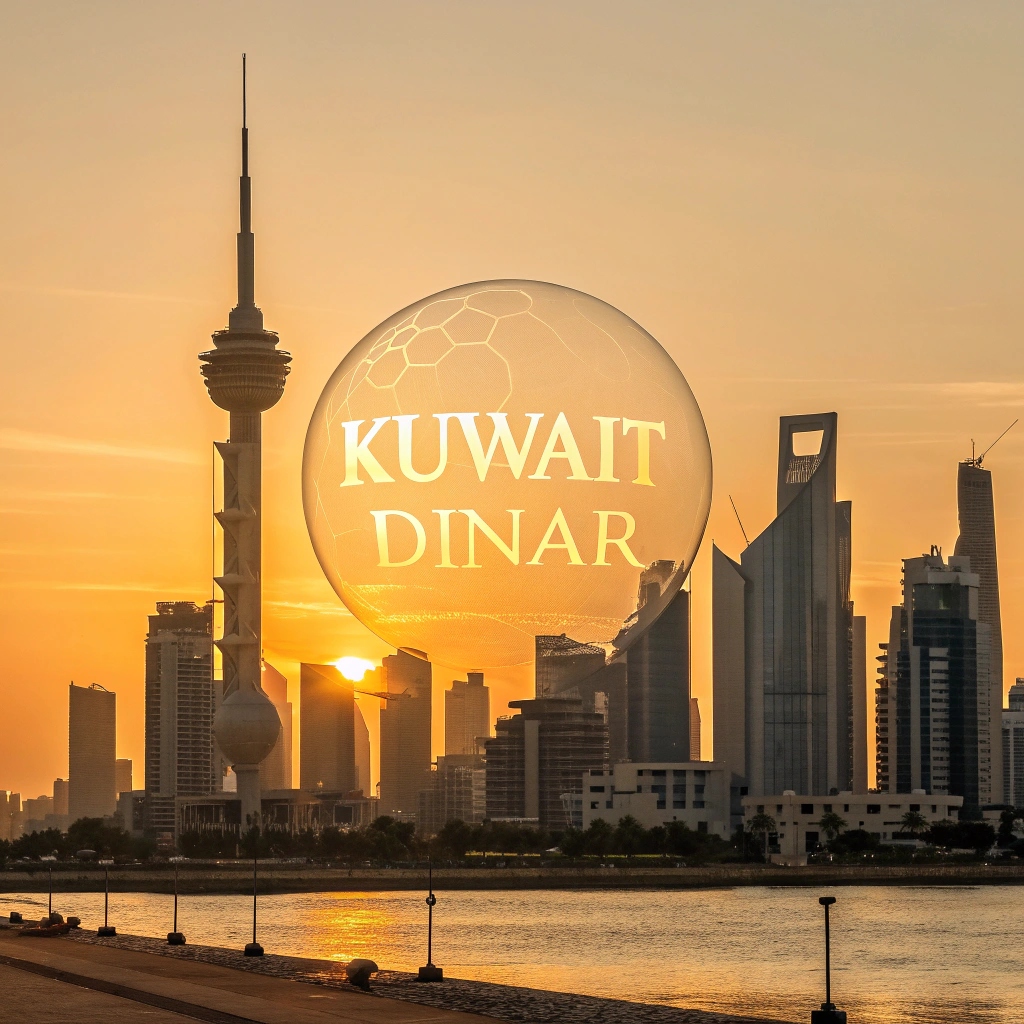When it comes to global currencies, one of the most fascinating topics is the Kuwaiti Dinar (KWD). Known for its unrivaled strength and stability, the Kuwaiti Dinar has held the title of the world’s strongest currency for many years. But what makes it so valuable? And why should anyone care about the Kuwaiti Dinar if they are not living in Kuwait or planning to visit anytime soon? Let’s dive into the history, significance, and factors that contribute to its strength.
In this article, we’ll explore the Kuwaiti Dinar’s history, how it became the strongest currency, its impact on the economy, and much more. So, if you’re curious about what makes the Kuwaiti Dinar so special, this blog post will provide you with all the answers.
What is the Kuwaiti Dinar?

The Kuwaiti Dinar (KWD) is the official currency of Kuwait, a small but wealthy country located in the Persian Gulf. One Kuwaiti Dinar is subdivided into 1,000 fils, and the symbol for the currency is د.ك (Arabic) or KWD (International Code). The KWD is a key player in the global financial market due to its high value compared to other currencies.
Unlike many currencies that fluctuate daily, the Kuwaiti Dinar has consistently been the strongest currency in the world for a considerable period. It’s worth noting that this high value doesn’t necessarily correlate with the overall strength of a country’s economy. Several factors, including oil exports and fiscal policies, play an essential role in determining the value of the Kuwaiti Dinar.
A Brief History of the Kuwaiti Dinar
The story of the Kuwaiti Dinar dates back to the early 1960s. Before 1961, Kuwait used the Indian Rupee as its official currency. This changed in 1961 when the Kuwaiti Government introduced its own currency – the Kuwaiti Dinar.
The Kuwaiti Dinar replaced the Gulf Rupee, which had been used by many of the countries in the region. In 1961, the country introduced the Kuwaiti Dinar (KWD) at an exchange rate of 1 KWD = 1.5 British pounds. This pegging to the pound gave the Dinar a strong start.
Since then, the Kuwaiti Dinar has undergone several changes, including shifts in its pegging to the British Pound and later being pegged to a basket of foreign currencies. The Kuwaiti Dinar’s value has largely remained high, making it a reliable and attractive currency on the international scene.
Why is the Kuwaiti Dinar So Strong?

There are several key factors that contribute to the strength of the Kuwaiti Dinar:
1. Oil Exports and Wealth
Kuwait is one of the world’s richest nations in terms of oil reserves. It has some of the largest oil fields globally, and the Kuwaiti government derives most of its income from oil exports. The country is one of the world’s top oil exporters, and oil constitutes a large part of the Kuwaiti GDP.
Because of these vast oil exports, Kuwait has an enormous amount of foreign exchange reserves. This contributes to the high value of the Kuwaiti Dinar, as oil revenues provide the country with the ability to maintain a stable economy and currency. The relationship between Kuwait’s oil exports and the strength of the KWD is crucial to understanding why the Dinar has such a strong position in global finance.
2. Currency Pegging and Stability
Kuwait has adopted a currency basket peg for its Dinar. Unlike countries that peg their currency to a single foreign currency (e.g., the U.S. Dollar), Kuwait ties its Dinar’s value to a basket of currencies. This gives it more flexibility and reduces the risk of being overly reliant on any one currency. The central bank of Kuwait regularly adjusts the value of the KWD to keep it in line with the economic realities of the country, ensuring stability.
3. Prudent Fiscal Policies
Kuwait is known for its prudent fiscal management. The country’s government maintains a balanced budget and avoids excessive debt. The Kuwaiti government has a sovereign wealth fund, which is one of the largest in the world. This fund is used to invest the country’s oil revenues for long-term economic security.
By managing its finances carefully, Kuwait ensures that it has the means to back up the strength of its currency. This is an important factor in making the Kuwaiti Dinar the world’s strongest currency.
4. Limited Supply of the Currency
Another important factor contributing to the strength of the Kuwaiti Dinar is the limited supply of the currency. Kuwait has a relatively small population, and the government controls the issuance of the Kuwaiti Dinar. This limited supply combined with the country’s economic wealth keeps the value of the currency high.
The Role of the Kuwaiti Dinar in Global Markets
1. Impact on Exchange Rates

Since the Kuwaiti Dinar is one of the strongest currencies globally, it has a significant impact on exchange rates and international trade. Traders and investors often monitor the KWD to gauge the strength of the Kuwaiti economy and its potential for growth. It also plays an important role in foreign exchange markets, where it is exchanged against other major currencies like the U.S. Dollar, Euro, and British Pound.
Because of its high value, the KWD is often used as a benchmark to measure the value of other regional currencies. Countries in the Middle East and North Africa (MENA) region often look to the Kuwaiti Dinar as a symbol of economic stability and fiscal responsibility.
2. Investment Opportunities
The Kuwaiti Dinar’s high value makes it an attractive currency for investors. While many people focus on currencies like the US Dollar or Euro, the Kuwaiti Dinar offers opportunities for those looking to diversify their foreign exchange investments. Its stability and strength make it a reliable option for those who want to hedge against the volatility of other currencies.
Kuwaiti Dinar and Tourism
For tourists planning to visit Kuwait, it is important to note that the Kuwaiti Dinar is one of the most valuable currencies in the world. However, while the Dinar’s strength makes it appealing for Kuwaiti citizens, it can be expensive for foreign tourists.
For example, the cost of living in Kuwait is relatively high, and tourists may find that their foreign currencies do not go as far as they might in other countries. However, the quality of life in Kuwait, with its modern infrastructure, luxurious lifestyle, and rich cultural heritage, makes it a unique destination in the region.
Kuwaiti Dinar in the Context of Global Currency Trends
While the Kuwaiti Dinar is the strongest currency globally, it is not necessarily a major international trade currency like the U.S. Dollar or the Euro. The USD and Euro dominate international trade and investment flows. However, the strength of the Kuwaiti Dinar indicates the stability of the Kuwaiti economy and its role in global finance.
Kuwait is a small nation compared to economic giants like the U.S., China, or the European Union. Despite this, the country’s focus on oil exports and fiscal prudence has allowed it to maintain a powerful currency. The Kuwaiti Dinar represents the growing influence of smaller nations that can still make a significant impact on the global economy by managing their resources wisely.
Conclusion
The Kuwaiti Dinar (KWD) remains the world’s strongest currency, and for good reason. Its strength is a result of a combination of factors, including Kuwait’s vast oil wealth, prudent fiscal policies, and a stable currency regime. The Dinar’s value reflects the country’s economic health and its ability to navigate global financial markets.
Despite being a small nation, Kuwait has been able to create a robust economic system that is backed by its rich natural resources. For anyone interested in global currencies, the Kuwaiti Dinar is a prime example of how a country can use its resources and fiscal discipline to maintain a strong currency in the international arena.

